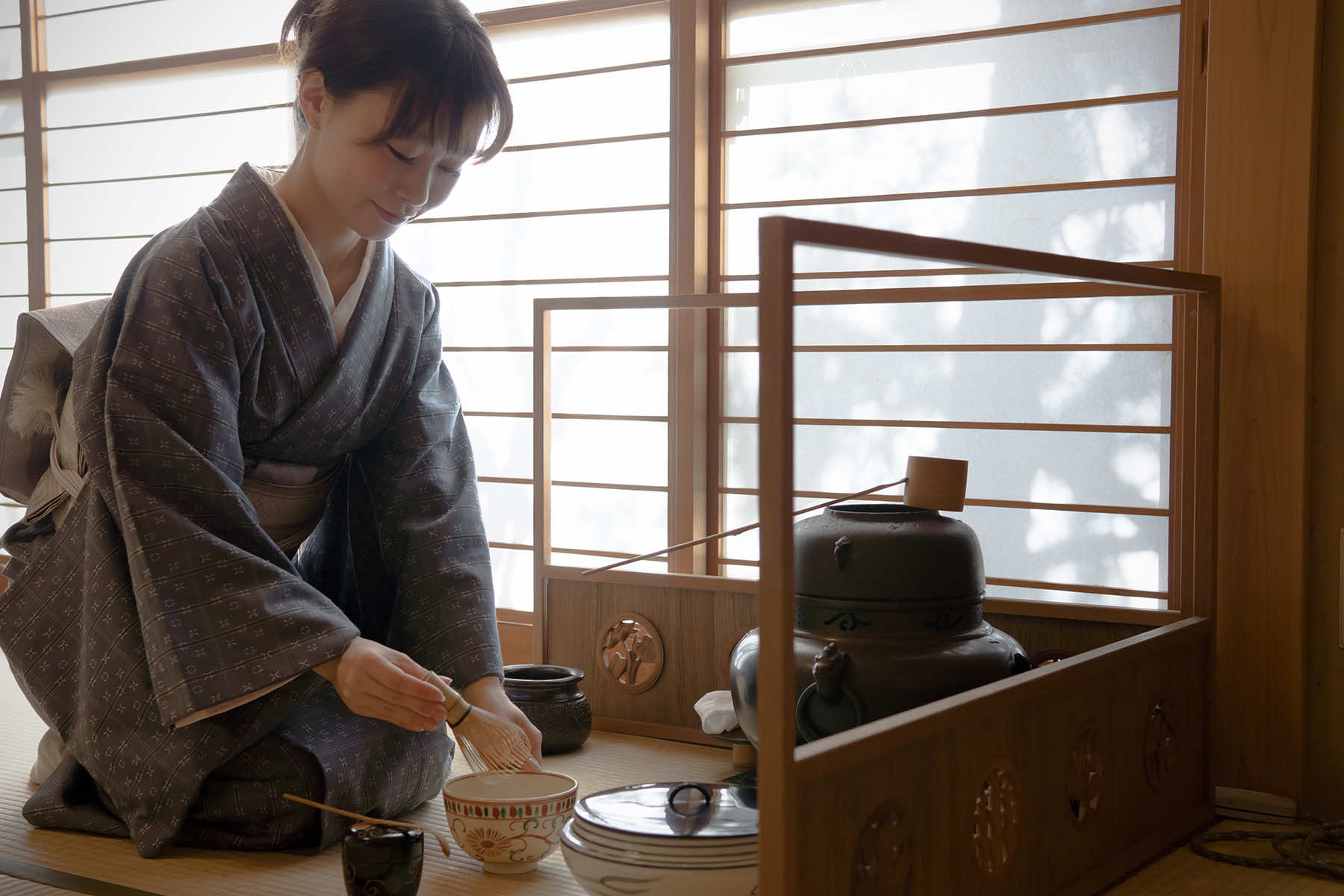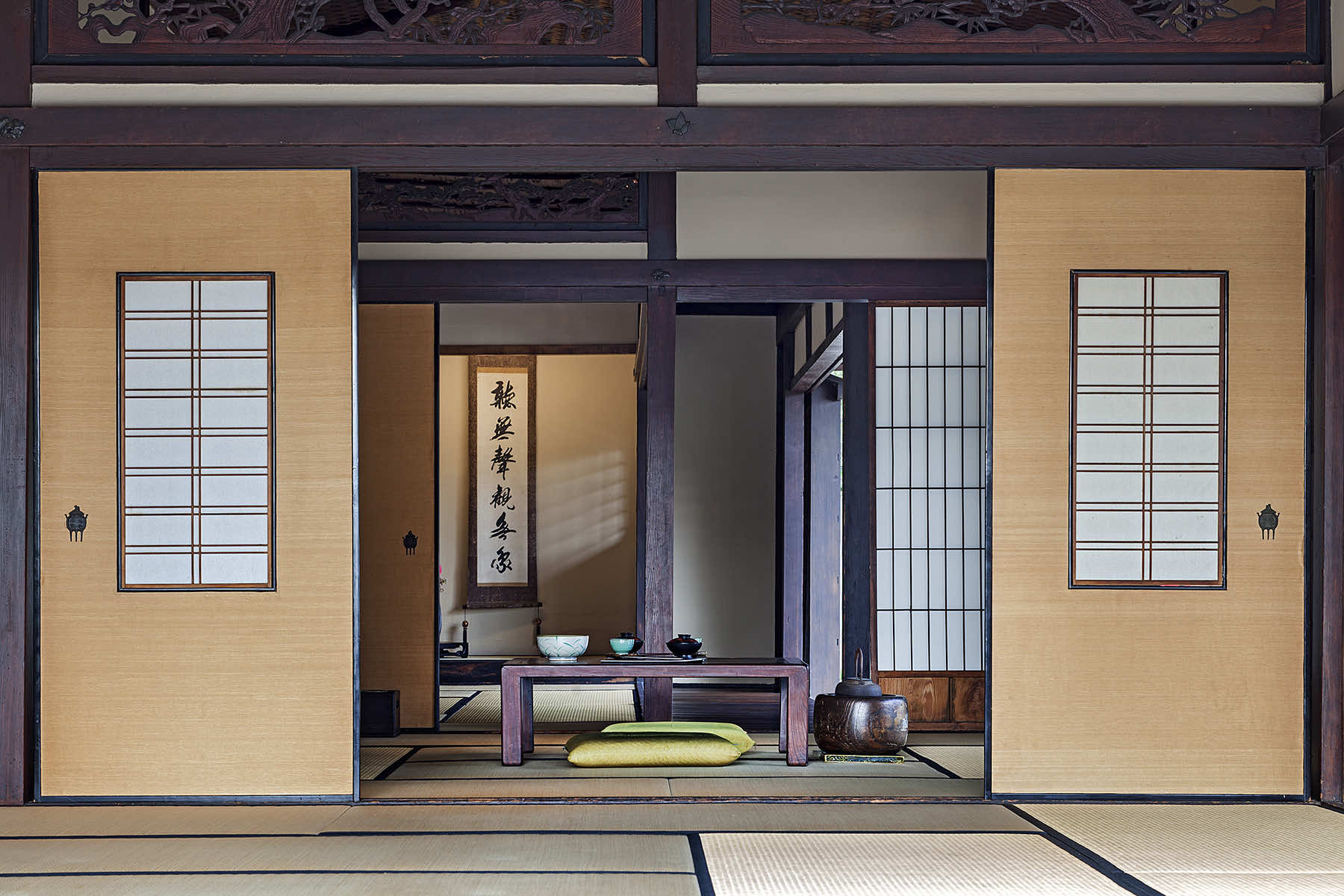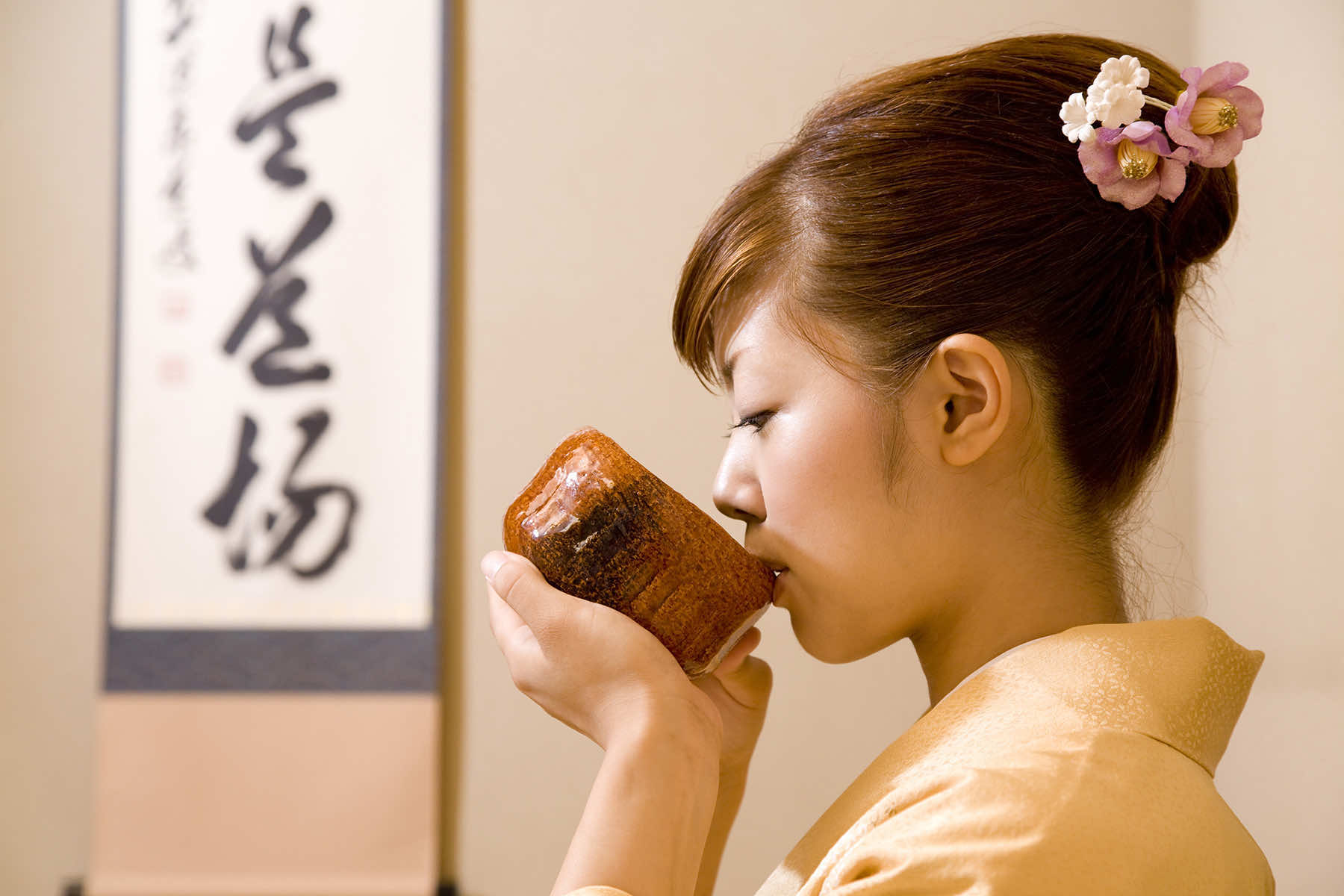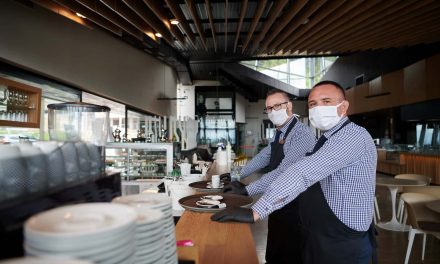
By Paul S. Atkins, Professor of Japanese, University of Washington
On a recent visit to New York I stopped at a Japanese bookstore in Manhattan. Among the English-language books about Japan, I encountered a section of a shelf marked “WABI-SABI” and stocked with titles such as “Wabi Sabi Love,” “The Wabi-Sabi Way,” “Wabi-Sabi for Artists, Designers, Poets & Philosophers,” and, in all lowercase, “simply imperfect: revisiting the wabi-sabi house.”
What is wabi-sabi, and why does it rate its own section alongside such topics as sushi and karate?
Wabi-sabi is typically described as a traditional Japanese aesthetic: the beauty of something perfectly imperfect, in the sense of “flawed” or “unfinished.”
Actually, however, wabi and sabi are similar but distinct concepts, yoked together far more often outside Japan than in it. Even people who have been brought up in Japan may struggle to define wabi and sabi precisely, though each is certainly authentically Japanese and neither is especially obscure.
As a scholar of classical Japanese language, literature and culture, I too have a professional interest in wabi and sabi and how they have come to be understood outside Japan. A cursory search of Google Books shows that the term began to appear in print in English around 1980. Perhaps this was a delayed reaction to a book by Japanese art critic Yanagi Soetsu, “The Unknown Craftsman,” which was translated into English and published in 1972.
In it, in an essay titled, “The Beauty of Irregularity,” Yanagi wrote about the art of the tea ceremony and its simple grace. More broadly, as the title suggests, he was captivated by a sense of beauty apart from traditional ideals of perfection, refinement and symmetry.
Behind “roughness,” Yanagi wrote, “lurks a hidden beauty, to which we refer in our peculiar adjectives ‘shibui,’ ‘wabi,’ and ‘sabi.’”
Shibui means austere or restrained, yet it was wabi and sabi that caught on abroad – perhaps because they rhyme.
After taking off in America and other countries, the phrase wabi-sabi was imported back to Japan as a compound term; the mentions I found in online Japanese sources typically addressed such topics as how to explain wabi-sabi to foreigners. Wabi-sabi does not appear in standard dictionaries of the Japanese language.
Miserable poetry
Wabi is a noun derived from the classical Japanese verb “wabu,” related to the modern verb “wabiru” and adjective “wabishii.” Wabu means to languish or be miserable.
Here is a celebrated example from a ninth-century waka poem, the brief verse of 31 syllables that forms the backbone of classical Japanese poetry. The poet, a courtier named Yukihira, was a provincial governor who, by some accounts, was exiled to Suma Bay, a famous stretch of coastline in western Japan.
Should by chance
Someone ask for me,
Answer that I languish
At Suma Bay, shedding
brine upon the seaweed.
Suma Bay was not all misery for Yukihira; according to legend, he loved and was loved by two sisters there. But his poem well captures the pain of wabi – the misery of having been exiled from the courtly world he knew.
Miserable tea
Eventually, the misery of wabi made its way into one of Japan’s most iconic traditions: tea. The custom of drinking powdered green tea, called matcha, entered Japan around 1200. Zen monks returning from China brought the powder home, using it as a medicine and a stimulant. Over time, tea spread to the rest of the population; by the middle of the 16th century, it was a mundane part of everyday life.
It was precisely then that the preparation and serving of tea was sublimated to high art, now known as “chadō” or “sadō,” the so-called Way of Tea.
As the tea ceremony gained in popularity, powerful warlords competed in acquiring the most coveted utensils, including braziers, kettles, scoops, whisks and the bowllike cups in which the tea was whipped and sipped. The tearoom itself might be decorated with rare works of art, such as paintings or calligraphy mounted on hanging scrolls, elaborate flower vases and incense burners.
Then there emerged a group of connoisseurs and teachers of tea who championed a more severe and austere style of presentation: “wabi-cha,” which literally means miserable tea. Whereas newly ascendant warriors and merchants used the tea gathering to flaunt their wealth, wabi-style tea emphasized subtlety, frugality and restraint.
It is not hard to see traces of wabi in old tearooms, with their patina of age and elegant but unobtrusive furnishings, and in the utensils themselves – in particular, the misshapen, cracked, or somber-hued teabowls.
Wabi-style tea perhaps reached its pinnacle in the 16th century, when the celebrated tea master Sen no Rikyū introduced innovations still used today. These include bamboo tea scoops, black raku-style ceramic teabowls and the “crawling entrance”: the 2-by-2-foot door through which attendees wriggle in order to enter the cozy, womblike tearoom.
A lovely loneliness
Like wabi, sabi is a noun: in this case, derived from the classical verb “sabu.” Today, the verb “sabiru” means to rust, with its connotations of age and decay. The modern adjective “sabishii” means lonely.
Classical poems yield many examples of sabi but it really took off as an aesthetic ideal in the 17th century. Poets often tried to capture its particular kind of loneliness in the 17-syllable poetic form of haiku.
As the scholar Makoto Ueda remarked, sabi is “not the loneliness of a man who has lost his dear one, but the loneliness of the rain falling on large taro leaves at night, or the loneliness emerging out of a cicada’s cry amid the white, dry rocks, or the Milky Way extending over the rough sea, or a huge river torrentially rushing in the rainy season.”
Matsuo Bashō, a 17th-century master of haiku, saw sabi in this verse by his disciple Mukai Kyorai, translated by Ueda:
Under the blossoms
Two aged watchmen,
With their white heads together.
The juxtaposition of wabi-sabi as a single term is of recent, not ancient, vintage, and it does not seem to have occurred in Japan. Nonetheless, the terms originated in Japanese aesthetics: sabi out of poetry and wabi out of tea.
Combined, they appear to fill a gap in the Western vocabulary for talking about art and life – a leaning away from perfection, completion and excess, and a yearning toward leaving something undone, broken, or unsaid.
3.11 Exploring Fukushima
- Journey to Japan: A photojournalist’s diary from the ruins of Tōhoku 13 years later
- Timeline of Tragedy: A look back at the long struggle since Fukushima's 2011 triple disaster
- New Year's Aftershock: Memories of Fukushima fuels concern for recovery in Noto Peninsula
- Lessons for future generations: Memorial Museum in Futaba marks 13 years since 3.11 Disaster
- In Silence and Solidarity: Japan Remembers the thousands lost to earthquake and tsunami in 2011
- Fukushima's Legacy: Condition of melted nuclear reactors still unclear 13 years after disaster
- Seafood Safety: Profits surge as Japanese consumers rally behind Fukushima's fishing industry
- Radioactive Waste: IAEA confirms water discharge from ruined nuclear plant meets safety standards
- Technical Hurdles for TEPCO: Critics question 2051 deadline for decommissioning Fukushima
- In the shadow of silence: Exploring Fukushima's abandoned lands that remain frozen in time
- Spiral Staircase of Life: Tōhoku museums preserve echoes of March 11 for future generations
- Retracing Our Steps: A review of the project that documented nuclear refugees returning home
- Noriko Abe: Continuing a family legacy of hospitality to guide Minamisanriku's recovery
- Voices of Kataribe: Storytellers share personal accounts of earthquake and tsunami in Tōhoku
- Moai of Minamisanriku: How a bond with Chile forged a learning hub for disaster preparedness
- Focus on the Future: Futaba Project aims to rebuild dreams and repopulate its community
- Junko Yagi: Pioneering a grassroots revival of local businesses in rural Onagawa
- Diving into darkness: The story of Yasuo Takamatsu's search for his missing wife
- Solace and Sake: Chūson-ji Temple and Sekinoichi Shuzo share centuries of tradition in Iwate
- Heartbeat of Miyagi: Community center offers space to engage with Sendai's unyielding spirit
- Unseen Scars: Survivors in Tōhoku reflect on more than a decade of trauma, recovery, and hope
- Running into history: The day Milwaukee Independent stumbled upon a marathon in Tokyo
- Roman Kashpur: Ukrainian war hero conquers Tokyo Marathon 2024 with prosthetic leg
- From Rails to Roads: BRT offers flexible transit solutions for disaster-struck communities
- From Snow to Sakura: Japan’s cherry blossom season feels economic impact of climate change
- Potholes on the Manga Road: Ishinomaki and Kamakura navigate the challenges of anime tourism
- The Ako Incident: Honoring the 47 Ronin’s legendary samurai loyalty at Sengakuji Temple
- "Shōgun" Reimagined: Ambitious TV series updates epic historical drama about feudal Japan
- Enchanting Hollywood: Japanese cinema celebrates Oscar wins by Hayao Miyazaki and Godzilla
- Toxic Tourists: Geisha District in Kyoto cracks down on over-zealous visitors with new rules
- Medieval Healing: "The Tale of Genji" offers insight into mysteries of Japanese medicine
- Aesthetic of Wabi-Sabi: Finding beauty and harmony in the unfinished and imperfect
- Riken Yamamoto: Japanese architect wins Pritzker Prize for community-centric designs
Kenny Tong, Dach Chan, KPG Payless, Toa55 (via Shutterstock)
3.11 Exploring Fukushima: The Tōhoku region of Japan experienced one of the worst natural disasters ever recorded when a powerful earthquake was followed by a massive tsunami, and triggered an unprecedented nuclear crisis in 2011. With a personal connection to the tragedies, Milwaukee Independent returned for the first time in 13 years to attend events commemorating the March 11 anniversary. The purpose of the journalism project included interviews with survivors about their challenges over the past decade, reviews of rebuilt cities that had been washed away by the ocean, and visits to newly opened areas that had been left barren by radiation. This special editorial series offers a detailed look at a situation that will continue to have a daily global impact for generations. mkeind.com/exploringfukushima
Originally published on The Conversation under a Creative Commons license as What is the Japanese ‘wabi-sabi’ aesthetic actually about? ‘Miserable tea’ and loneliness, for starters
Support evidence-based journalism with a tax-deductible donation today, make a contribution to The Conversation.


















